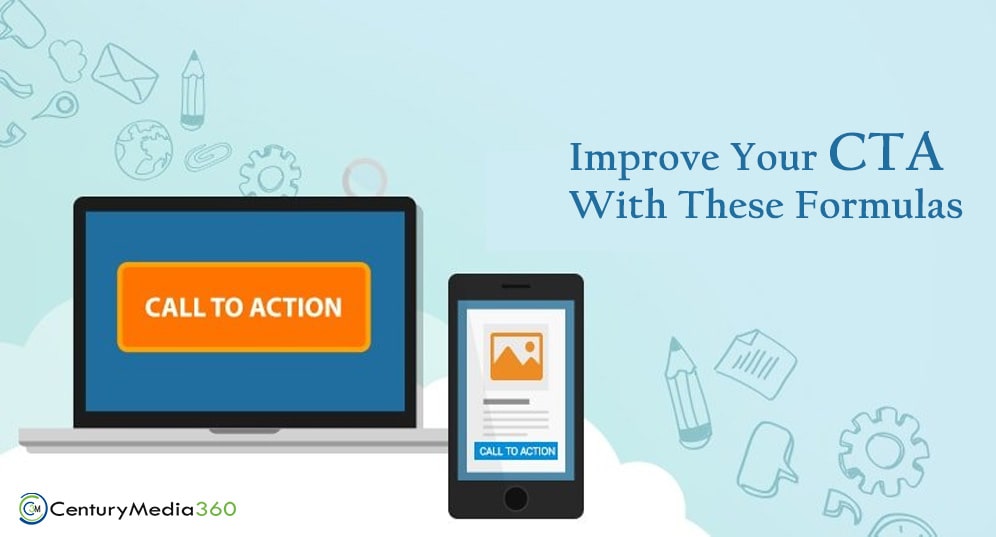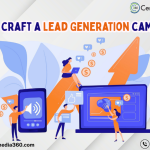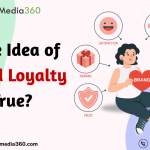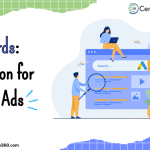CTA Formulas that Make People Want to Click

You’ve created a landing page and are sending a lot of traffic to it, but the conversion rate is poor. There might be a chance of a poor call to action. Also, keep in mind that visitors must click the CTA button on your landing page in order to convert to leads.
The action you want a website visitor to do is your CTA. No matter if the goal of your landing page is to boost sales, gather email addresses, or foster customer connections, we all want to see more conversions!
Here are five of the best CTA formulae that can boost your conversion rate.
The Appeal of Your CTA Button
Your CTA should address the main question your visitor has: “What’s in it for me?” as should the rest of your landing page.
By demonstrating to your audience how converting to your website would enhance their life, you can further emphasize your benefits. Make it obvious in your CTA that the prospect will benefit from taking the time to complete the fields on your landing page, whether it’s a sale or your product, some material, or a regular email from you.
The use of personal pronouns such as “you” and “me” will demonstrate your company’s reliability and consideration for your customers.
Reduce friction as much as possible to boost conversions. On your landing page, use just one CTA. If you have several marketing goals, create different landing pages for each conversion goal.
Colours & Visuals
The first thing your viewer should notice after clicking on your website should be our CTA. After all, the purpose of your landing pages is to increase conversions. You’ll be more effective in achieving your marketing goals if you make your ask on your website aesthetically evident and unique.
For your CTA button, use colors that stand out. Sharp differences in hue naturally draw us as humans. It attracts attention so your potential customer may see what they must do on your landing page right away. Inadvertently, color contrasts can also make us feel uneasy, which motivates us to act to make ourselves feel better.
Some marketers steadfastly uphold the belief that your CTA should incorporate your brand’s colors. To a certain extent, utilize your brand color on your landing page, but contrast your CTA with the color scheme of your brand.
Numerous color scheme tools are accessible online. Use these to identify the ideal CTA color schemes for your company.
Words to act on
The most effective CTAs have numerous swift responses. Use language that is easy to understand, brief, and action-oriented.
Whether you like it or not, most of your internet viewers are scanners and skimmers. Your audience will be more receptive to your request if you use clearer language while making it.
You’ll elicit more quick responses if your CTA verbs are more action-oriented.
Location Matters
According to this study’s findings, best practices recommend placing your CTA below.
I’d strongly advise you to continue with this strategy if you’re just getting started with landing pages. Find the best location for your particular campaign by testing your findings. In plain and simple words, placing your CTA where it will generate the most conversions is the best practice.
Test your pages to find the ideal location that naturally fits the layout of your landing page.
Size of Your CTA
An element on your landing page will often be seen more if it is larger than anything else. It makes sense that your button should be huge as your CTA is what you want people to notice!
Your CTA button should be noticeable, but not so large that it overshadows the page’s beneficial material. Additionally, you don’t want your requests to be completely in your face. You can come out as desperate and incite your visitor to leave your page.
Conclusion
The main focus of your page should be your CTA. To increase landing page conversions, look at effective landing page examples and test one or more of these five strategies. Implement these formulas over and over to come up with your own strategies.






